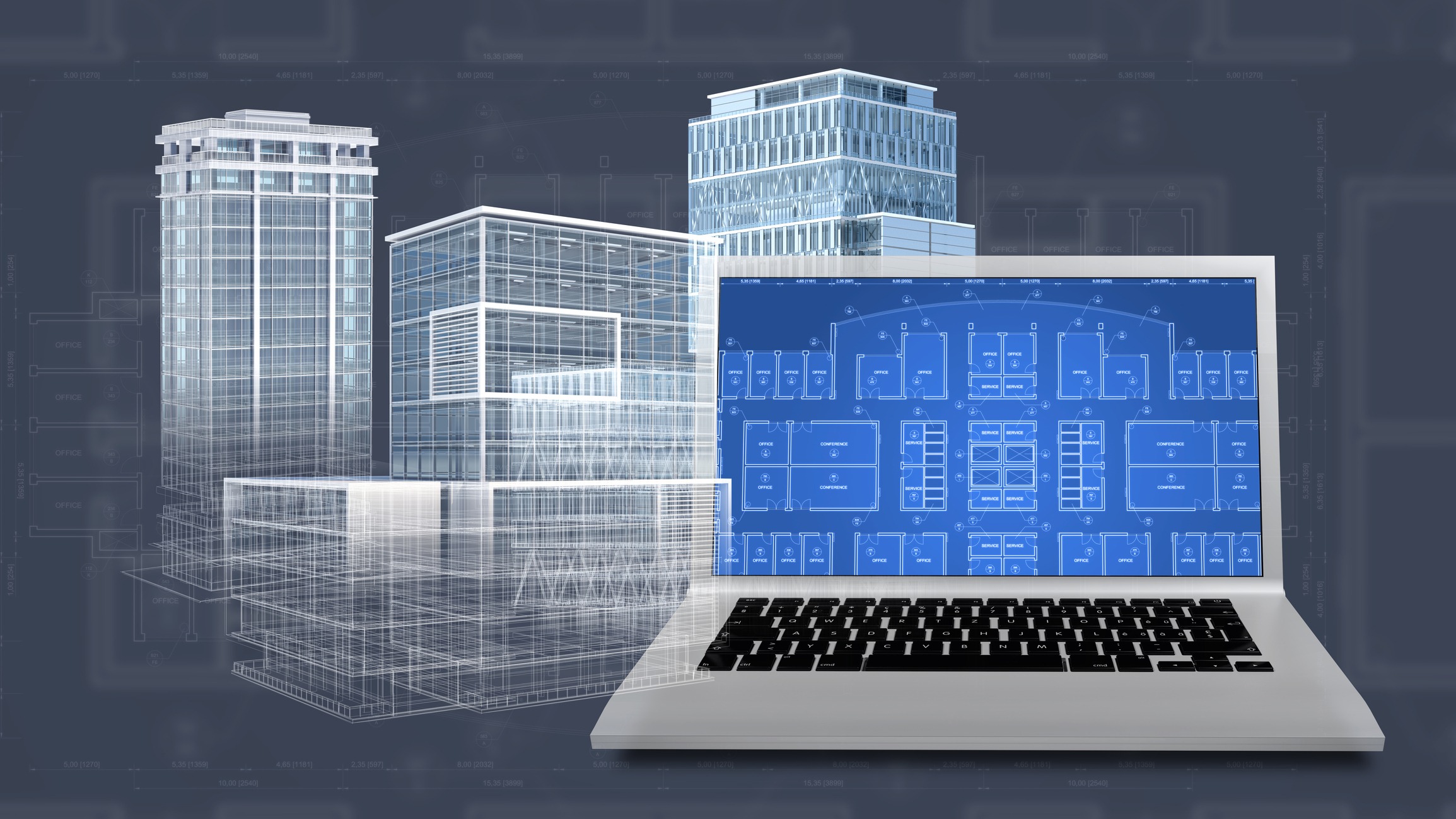In last month’s blog post we gave a general overview of the recent “Going Digital: A guide for construction clients, building owners, and their advisors” report, which was recently released by the UK BIM Alliance. Over the next few months, we are going to look more closely at each of the steps they recommend construction businesses take to become more digital, starting with Step One: Becoming Aware.
Before you can even start thinking about embracing BIM as a company, you need to know what it is and what it can do for your business. As a BIM company, we have been implementing digital working methods for over 15 years. BIM itself became Government policy eight years ago, but there are still many people out there who are not sure of what BIM is and what significance it has in the world of construction.
What is BIM?
BIM is the acronym for Building Information Modelling and contrary to popular belief it is not a form of software that you need to install, it is, in fact, a way of working together as a team with everyone involved in the construction project digitally sharing information. This marks a massive change from the past, where manual drawings were created, and information was exchanged in written form. As you can imagine, this manual creation and distribution of information often led to mistakes being made, as each party involved in the construction used their own version of the data, and design changes were not always communicated to the whole team.
Benefits of BIM
Storing and digitally sharing information can offer many benefits to lots of businesses in the construction sector, not least the fact that it becomes the single source of information for everyone, which means that everyone on the project is singing from the same hymn sheet as it were. It also allows 3D models of all of the parts of the building to be created, meaning that clients have a much clearer idea of what the result is going to be, and any potential issues with pipework and electricals, for example, can be picked up before they become expensive.
From a facilities management point of view, digitally enabled assets are the way forward. Not only does BIM enable a database packed full of information essential to run the completed building to be created, but it also allows for different calculations to be run such as potential energy use – allowing for adjustments to be made to optimise the lifecycle of the building. This will come in handy for construction clients such as build-to-rent housing providers, health and education providers, and commercial corporations.
Investment in BIM
Of course, embracing a more digital way of working is going to need some investment behind it – in terms of both time and money. The Royal Institute of British Architects (RIBA) has produced a Plan of Work, which breaks down the use of BIM in the project life cycle into eight stages, including what investment is needed in these stages:
RIBA Stages 0 – 3: Preparation and Design
The first four stages of BIM are concerned with the time investment required for the whole business to become aware of BIM and the forming a plan to ensure all of the relevant parts are covered. There will also be a cost investment involved in equipping the business office to enable it to work digitally.
RIBA Stages 4-6: Technical Design, Construction & Handover
Once the initial stages are completed, the next step is to choose a project to start using BIM on, and this will involve the creation of a Common Data Environment (CDE). The CDE is essential to a successful BIM project as it is the central point where all of the information connected to the project will be created, stored and managed.
RIBA Stage 7: In Use
This is the stage where construction has been completed, and the building is now in use, and BIM is used to enhance the facilities management of the space. Typically, in this stage, the CDE and Computer-Aided Facility Management (CAFM) systems will be used with the information contained within them being updated as and when needed.
If you want to embrace a more digital way of working by incorporating BIM into your working practices, then please get in touch with us. We can offer you a complete BIM service whether you need us on a project by project basis, or as an external department.

